University of Florida scientists say they found that the brown dog tick is resistant to permethrin, a widely used anti-tick chemical. They also found that carbon dioxide seems to be an effective way to lure ticks to bug traps.
Unlike other ticks, the brown dog tick can complete its life cycle indoors. One female brown dog tick can lay up to 5,000 eggs in its lifetime, the researchers said.
The bugs hide in hard-to-reach places. Some dog owners take desperate steps to be free of these ticks. These steps may include giving away their dogs, fumigating their homes, throwing out many possessions, or even moving, the researchers said.
"They're particularly troublesome for people who have cluttered homes, and they drive some homeowners to desperate measures in search of ways to control the tick," Phil Kaufman, an associate professor of veterinary entomology at the University of Florida, Gainesville, said in a university news release. "Eliminating places where ticks live and breed is one of the best practices for tick control."
Because the researchers found that the ticks are resistant to permethrin, pet owners and pest control companies should use the chemical fipronil. This anti-tick chemical should work in most cases, the researchers said.
However, dog owners should watch for loss of effectiveness with fipronil. An indication that fipronil isn't working is seeing ticks that appear to be alive and swelling within the month after treatment, the researchers said.
In addition to using pesticides, the researchers said vacuuming can help control ticks, too.
The finding on carbon dioxide suggests it may be possible to lure ticks from their hiding spots in nooks and crannies throughout the house to one location. This makes it easier to control them, according to Kaufman.
The results were published recently in the Journal of Medical Entomology.
Source: University of Florida, news release, May 19, 2015 / Robert Preidt

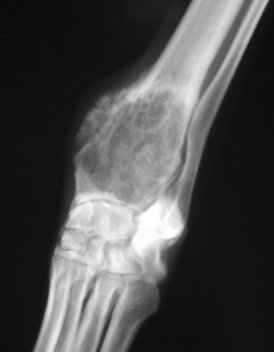

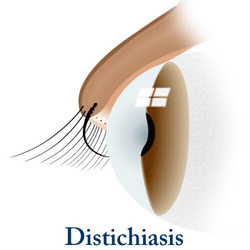
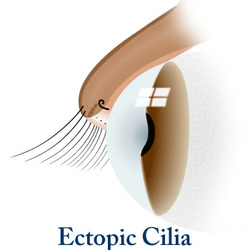
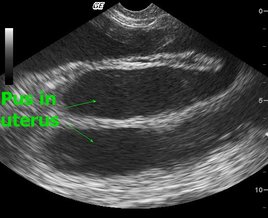
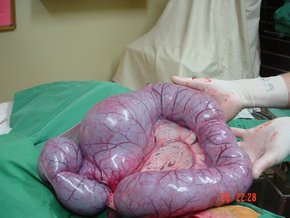
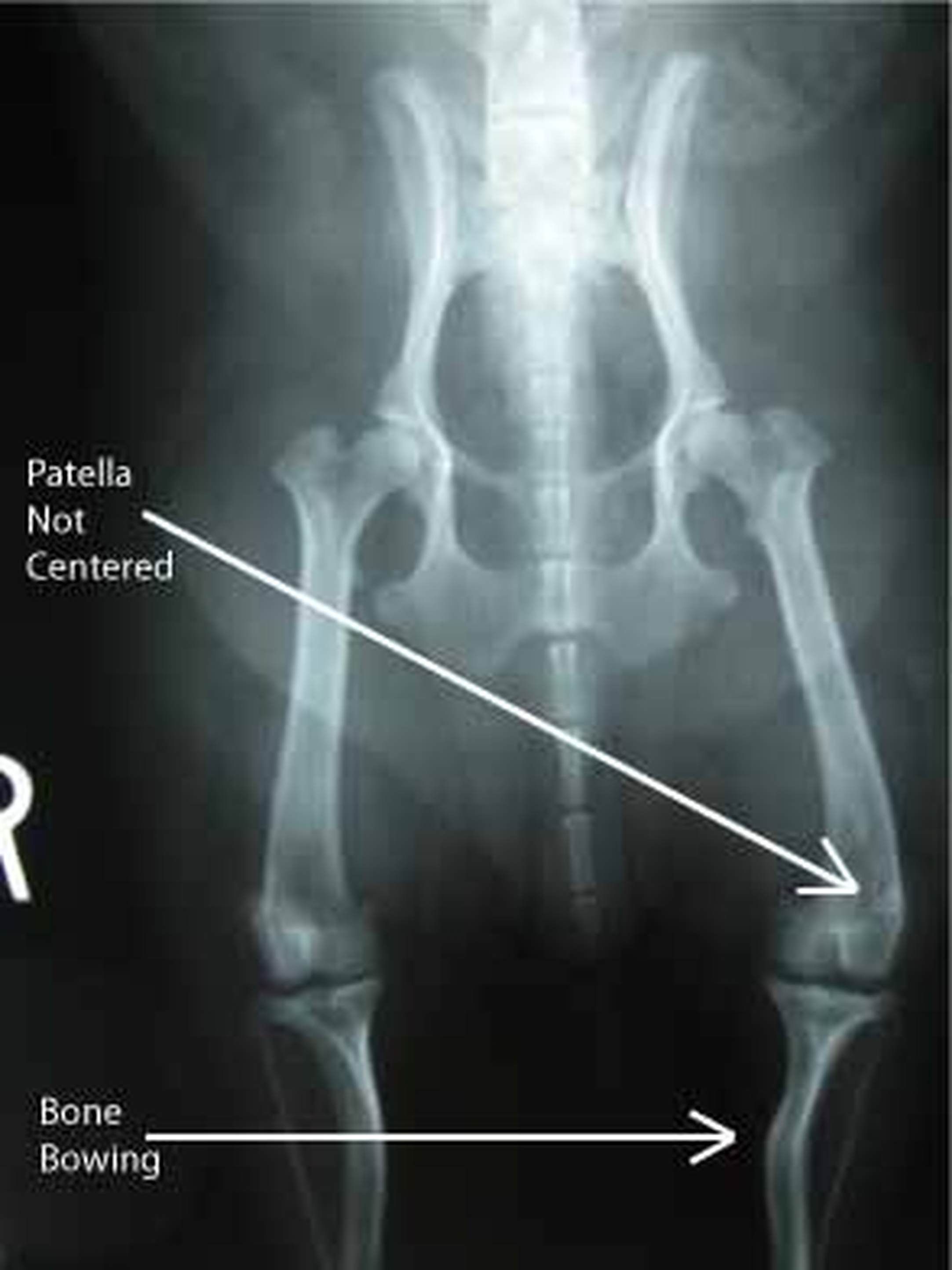
 RSS Feed
RSS Feed
